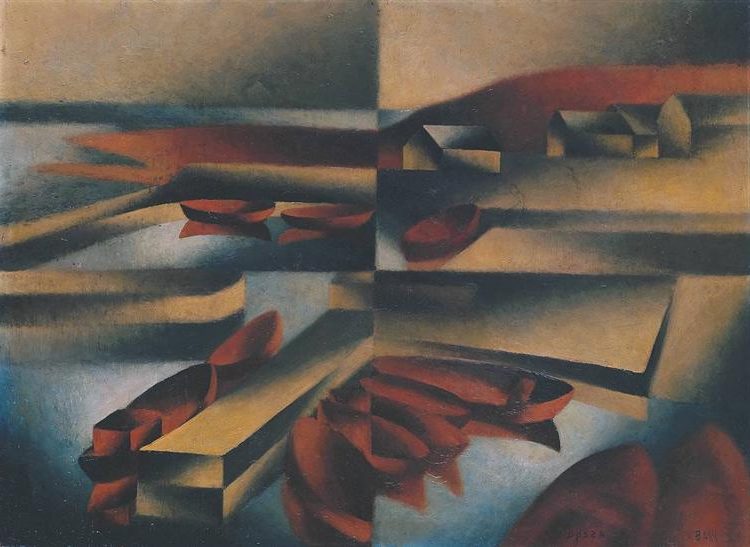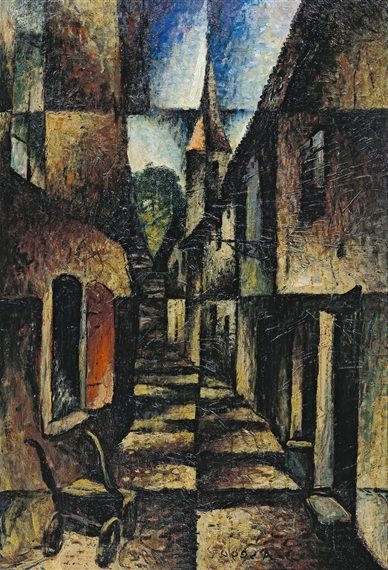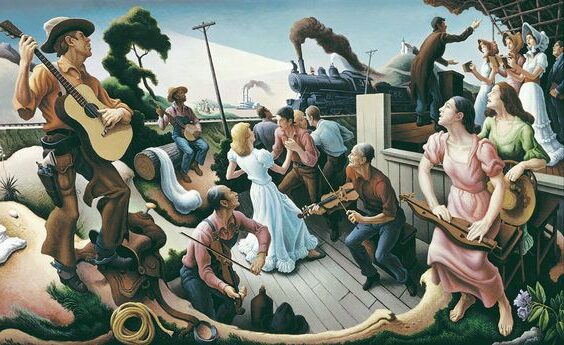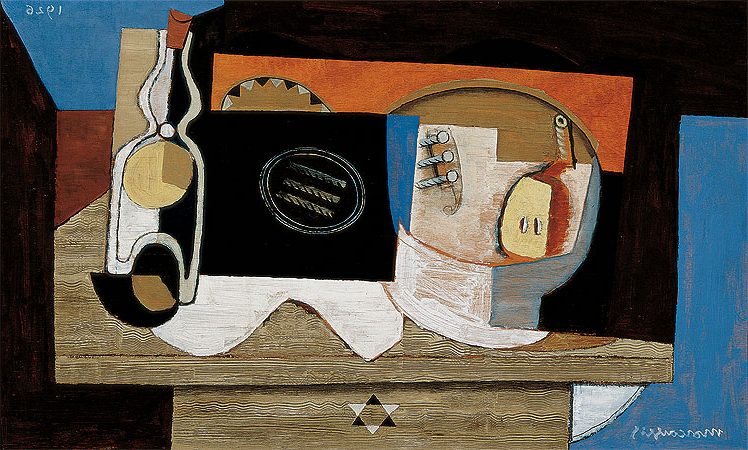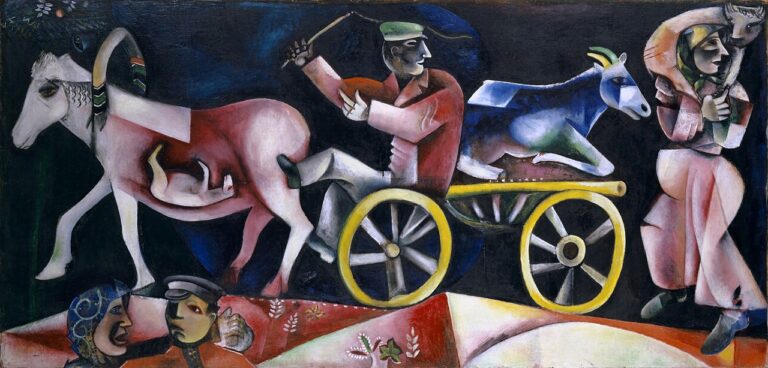Arthur Segal Painter: Pioneer of Geometric Abstraction
Born: July 23, 1875, Iași, Romania
Death: June 23, 1944, London
Art Movement: Expressionism and Abstractionism
Nationality: Romanian
Teachers: Schmid-Reutte and Hölzel
Institution: Academy of Art, Berlin
Arthur Segal Painter: Pioneer of Geometric Abstraction
Arthur Segal’s Life and Background
Arthur Segal was a Romanian-born artist. He lived from 1875 to 1944. He moved around Europe frequently, studying and working in major art centers. His Jewish background and artistic pursuits shaped his life and career.
Early Years and Education
Arthur Segal was born on July 23, 1875, in Iași, Romania. His parents were Jewish, and his father worked as a banker. Segal showed an early interest in art.

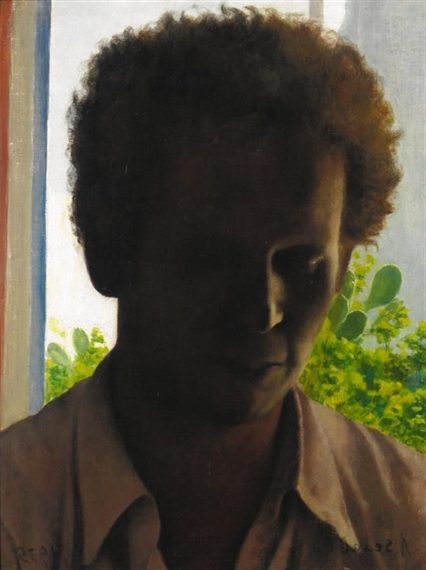
In 1892, Segal moved to Berlin to study at the Academy of Art. This marked the start of his formal art education. He spent time in Munich in 1896, studying with teachers like Schmid-Reutte and Hölzel.
Segal also studied in Paris and Italy in the early 1900s. These experiences exposed him to different artistic styles and ideas. They helped shape his growth as a painter.
Major Relocations and Influence
Segal lived in several European cities throughout his life. Each place left its mark on his art.
He spent time in Berlin, Zurich, and Ascona, Switzerland. Segal also lived briefly in Paris and Munich. These moves allowed him to connect with other artists and art movements.
In the 1930s, Segal moved to London with his wife Maria. This move was partly due to rising anti-Semitism in Germany. In London, he opened a painting school for both professionals and hobbyists.
Later Years and Legacy
Segal’s later years were marked by his interest in art as therapy. He talked with famous psychologists like Sigmund Freud about this topic.

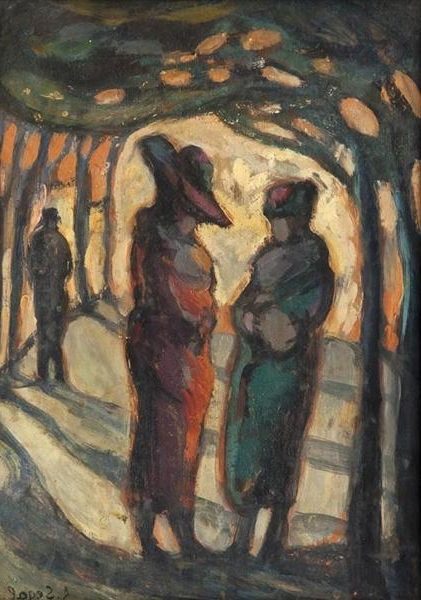
In 1944, Segal’s work was shown at the Ben Uri Gallery in London. This helped spread his art to a wider audience. Sadly, he passed away on June 23 of that same year.
Segal’s son, Walter Segal, became a well-known architect. This shows how Arthur’s creative spirit lived on through his family.
Today, Segal’s paintings can be seen in museums like the Jewish Museum Berlin. His work as both an artist and teacher continues to inspire people.
Artistic Career and Contributions
Arthur Segal made notable contributions to early 20th century art movements and developed a unique personal style. He taught widely and influenced many other artists through his innovative approaches.
Art Movements and Groups
Segal was involved in several important art movements. He joined the Berlin Secession group in 1904, helping push German art in more modern directions. Later he became part of the New Berlin Secession.

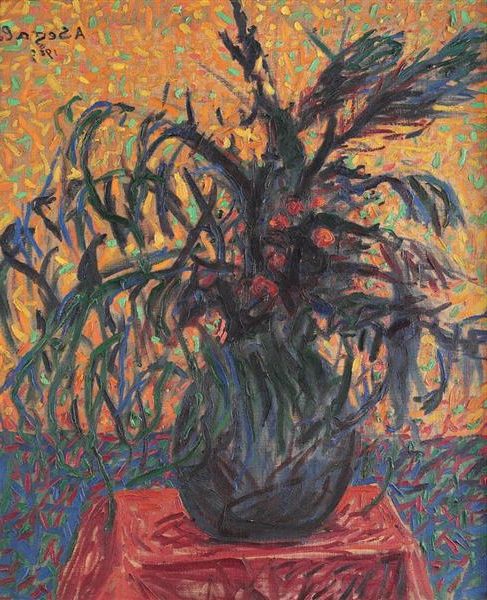
Segal also had connections to German Expressionist groups like Der Blaue Reiter and Die Brücke. These groups challenged traditional styles with bold colors and emotional content.
In 1919, Segal helped found the November Group. This group of radical artists aimed to connect art with social change after World War I.
Segal spent time at the Cabaret Voltaire in Zurich, a key hub for the Dada movement. This exposed him to new ideas about breaking artistic rules.
Personal Style and Techniques
Segal started as an Impressionist painter focused on landscapes. His style changed over time as he explored new ideas.
He developed a method called “equivalism.” This involved dividing the canvas into equal sections. Each section got equal focus, avoiding a single main subject.
Segal used bright colors in geometric patterns. He often painted everyday objects and scenes.
Woodcuts were another important part of Segal’s work. He made many prints using this technique throughout his career.
His style mixed elements of Neo-Impressionism, Expressionism, and Dadaism. But Segal kept his own unique approach rather than fully joining any one movement.
Teaching and Influence
Segal was a gifted teacher who shaped many young artists. He taught at several schools in Berlin in the 1920s and 1930s.
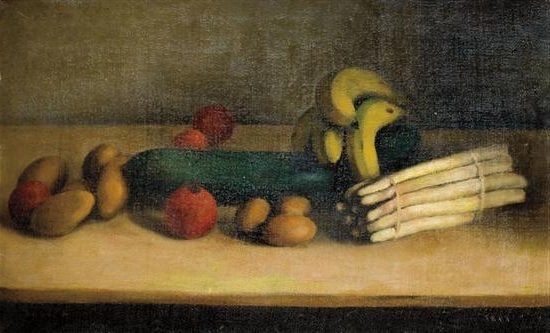
Still Life with Cucumber (1937) by Arthur Segal
In 1937, Segal opened his own art school in London. He welcomed both professional artists and beginners.
Segal gave lectures about his artistic ideas. He wrote about art theory and techniques.
His teaching stressed the value of art for mental health. Segal saw painting as a form of therapy that could help people.
This idea was ahead of its time. It helped lay the groundwork for modern art therapy practices.
Exhibitions, Works, and Recognition
Arthur Segal’s art gained recognition through exhibitions and is now found in major museums. His works explored themes like anti-war sentiment and religious imagery using innovative techniques.
Notable Exhibitions
Segal’s first solo show took place in Bucharest in 1910. This exhibition introduced modern art to Romanian audiences. In 1914, Segal moved to Switzerland due to World War I. There, he painted a mural for a cemetery in Ascona in 1916.
After the war, Segal’s work was shown more widely. In 1944, his paintings were included in a summer exhibition at Ben Uri Gallery in London. This helped bring his art to British audiences.
In 1973, publisher Richard Nathanson organized an exhibition of Segal’s paintings and prints. The prints were made from Segal’s original woodblock carvings.
Collections and Museums
Segal’s artwork is now held by top museums around the world. The Tate Museum in London owns some of his pieces. Other major institutions with Segal works include:
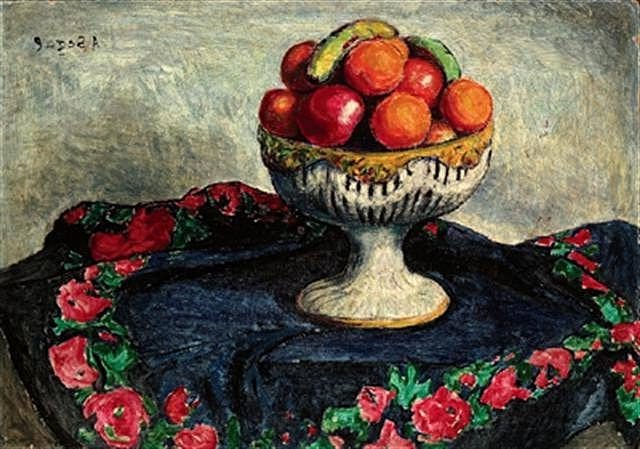
Still Life with Fruits (1911) by Arthur Segal
- Metropolitan Museum of Art (New York)
- Museum of Modern Art (New York)
- Los Angeles County Museum of Art
- Jewish Museum (New York)
- National Museum of Art of Romania
His paintings can also be found in the Thyssen-Bornemisza Museum in Madrid. This shows the global reach of Segal’s artistic legacy.
Segal’s most famous works use his “prismatic” painting style. This technique breaks images into geometric shapes. It creates a unique visual effect in his landscapes and portraits.
Frequently Asked Questions
Arthur Segal was an influential Romanian-born painter who made significant contributions to modern art. His work spanned several artistic movements and can be found in museums around the world.
What notable artistic movements was Arthur Segal associated with during his career?
Arthur Segal was linked to Expressionism and abstract art. He was part of the early waves of Expressionism in Germany. Segal later explored abstract styles in his paintings.
Which museums or galleries feature the works of Arthur Segal?
The Jewish Museum Berlin displays paintings by Arthur Segal. His work has also been shown at the Ben Uri Gallery in London. The Museum of Modern Art (MoMA) includes Segal in their collection.
How did Arthur Segal contribute to the development of modern art?
Segal used color and form to express emotions and social themes. He was a leading artist in the progressive New Berlin Secession. Segal explored painting as therapy for mental illness, corresponding with psychoanalysts like Sigmund Freud.
What are some of the most significant works created by Arthur Segal?
One of Segal’s notable works is “Helgoland” from 1923. This painting showcases his style during his time in Germany. Segal also created woodcuts, which were among his early artistic works.
How did Arthur Segal’s background and personal life influence his artistic style and themes?
Segal was born into a Jewish family in Romania. He studied art in various European cities before settling in Berlin. His diverse background likely shaped his artistic vision and themes.
What is the legacy of Arthur Segal in the context of 20th-century painting?
Segal’s work bridged Expressionism and abstract art. He also pioneered the use of art as therapy. His paintings continue to be exhibited and studied, cementing his place in 20th-century art history.

